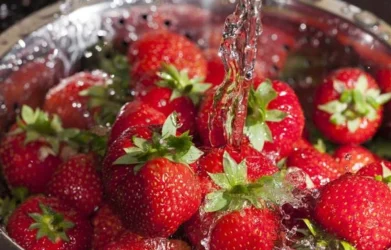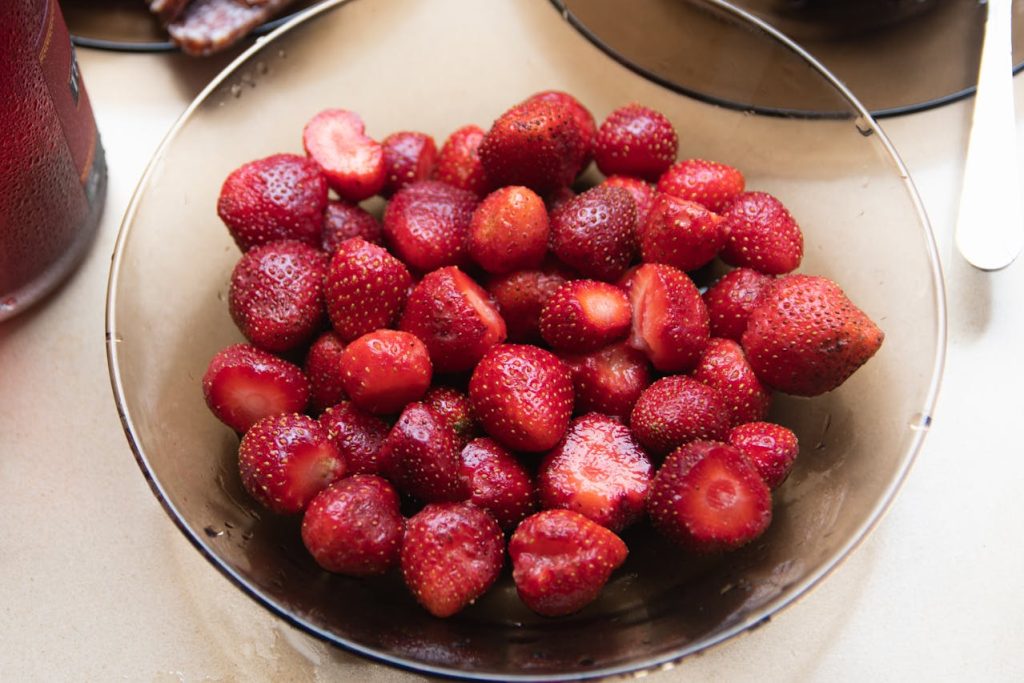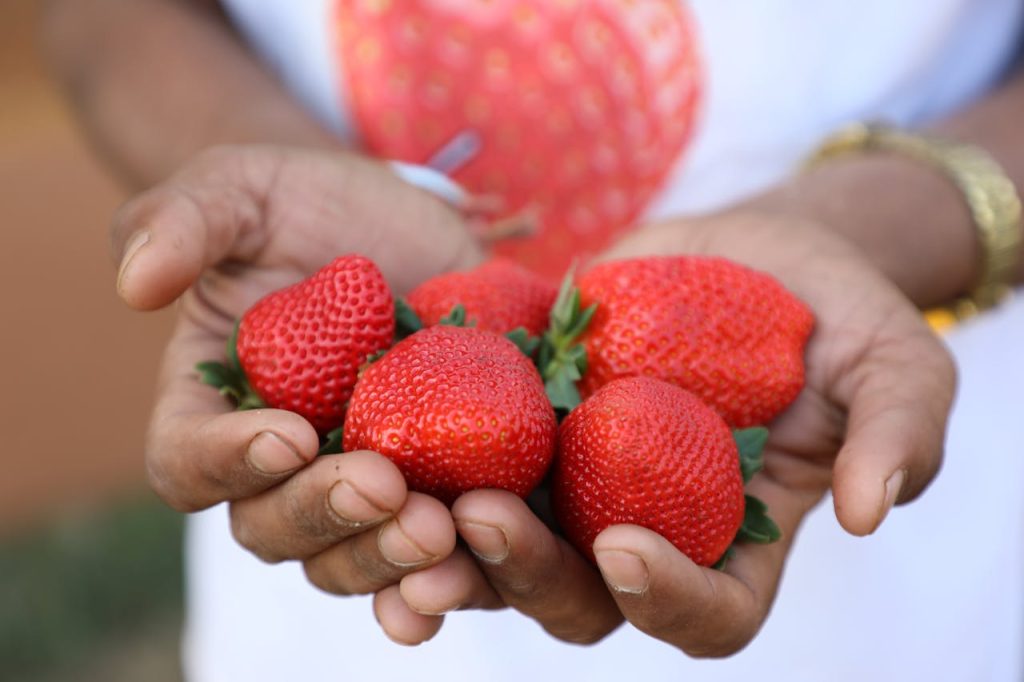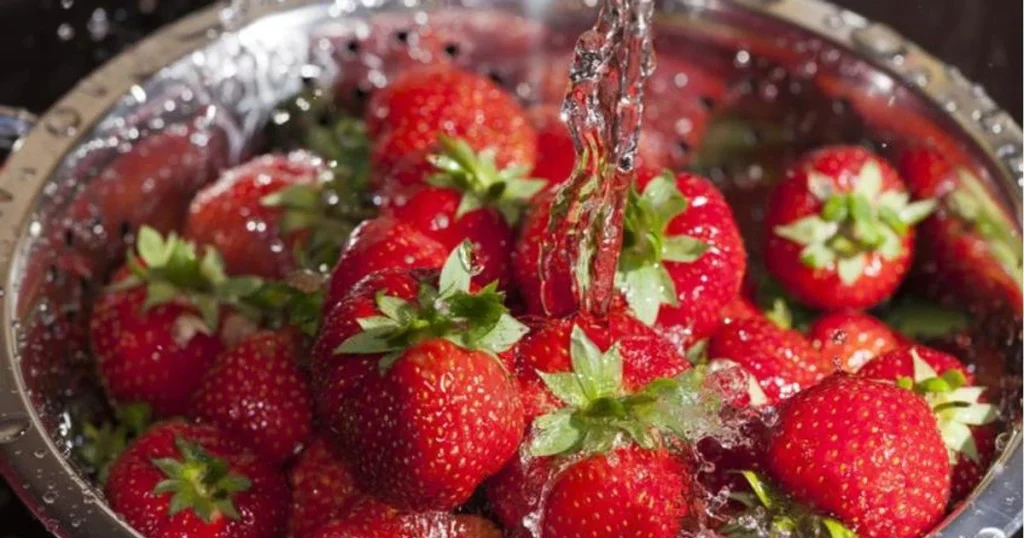You will be surprised how much dirt remains on strawberries - this is how to wash it correctly
Are you washing strawberries correctly?

It doesn’t matter where the strawberries come from - from the beds, bazaar or supermarket - it still needs to be washed. Outwardly, the berries can be perfect, but the dust, microbes and the remnants of chemistry easily hide from the eyes. So even the most beautiful berries require good cleaning. Are you washing strawberries correctly?

While the berries are growing, they are often treated with pesticides and chemicals, traces of which can then remain on the surface. On strawberries, bacteria like E. coli - from soil, water or from animals. All this can cause serious food poisoning. Sometimes there are helminth larvae on the berries and tiny insects that you will not immediately notice. So if you do not wash the strawberries properly, it can turn into health problems. This is especially important if the berries are not home, but purchased in a store or in the market.

Here is a detailed instruction on how to wash strawberries correctly to completely remove dirt, dust, insects and the remains of chemicals:
1. Sort the berries
Before washing, get rid of rotten and severely damaged, crumpled berries. Do not remove the tails so that the berries do not absorb water and do not taste.
2. Make a vinegar solution
Per 1 liter of water - 2-3 tablespoons of 9% vinegar (or 1 part vinegar for 3 parts of water). Soak strawberries for 5-10 minutes in this solution. Vinegar helps to remove pesticides and wax films, destroy bacteria, mold and insect eggs. However, it is important not to keep the berries for more than 10 minutes in vinegar water. Otherwise, strawberries will begin to lose texture and taste.
If there is no vinegar, you can use soda. Lemon juice is also suitable. This is a natural antiseptic, so it is less effective in the fight against chemicals.

3. Rinse the berries
After soaking in vinegar solution, transfer strawberries into a colander. So the water will flow freely, and the berries will not “swim” in a dirty puddle. Lay the strawberries in one layer so that you do not crumble about each other. Rinse thoroughly under a stream of cold running water (30-60 seconds). Mix carefully with your hand to wash off the remains of vinegar and dirt.
Hot water is not the best choice for this process. It damages the fragile texture of strawberries and deprives it of a unique taste and aroma.

4. Drying
Put the strawberries into one layer on paper towels or clean fabric. Glue carefully on top. Be careful: the berries are very tender. Let it dry naturally (about 10-15 minutes).

7 new facts on the set of "Rust" by Alec Baldwin released by prosecutors

